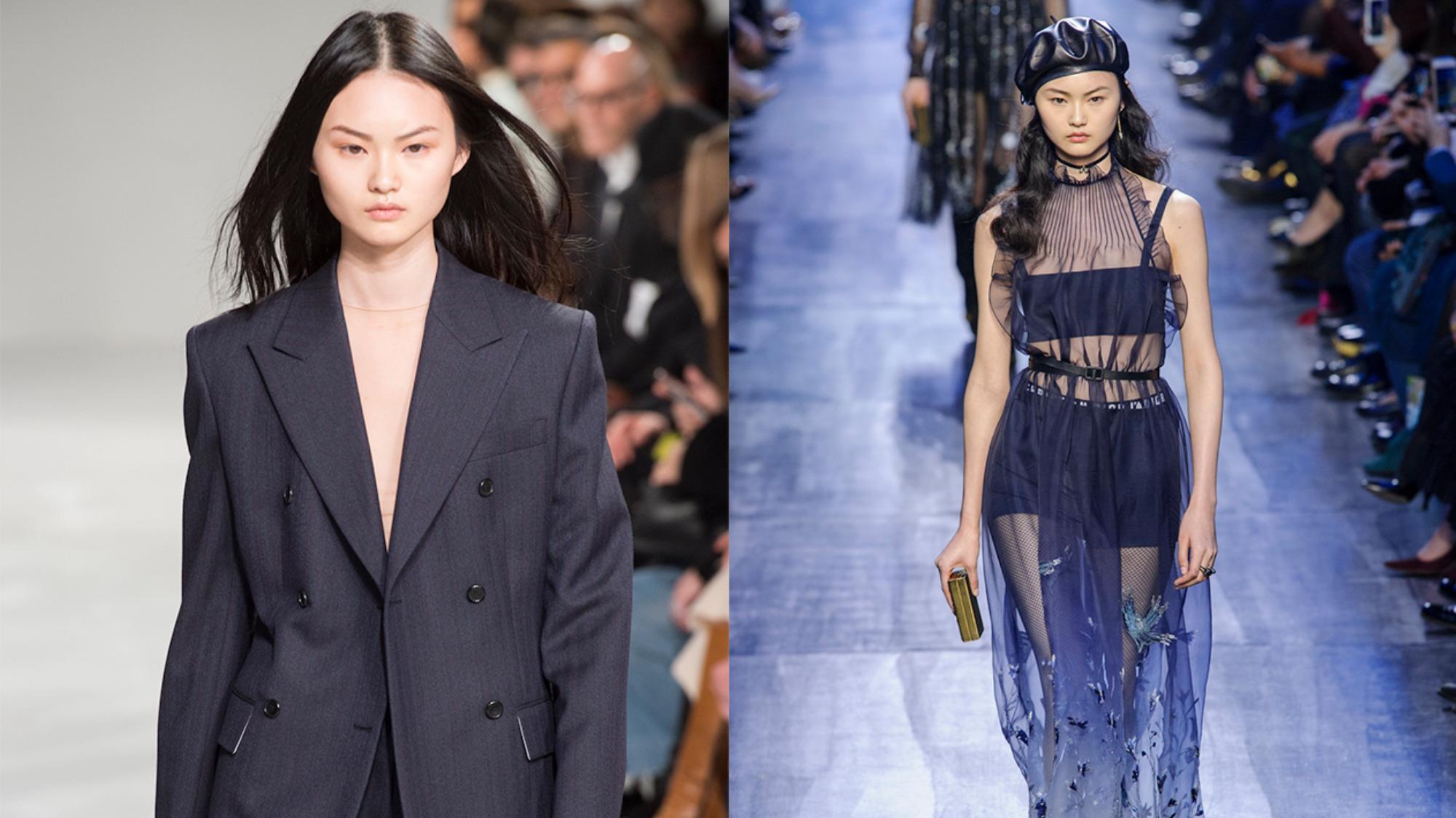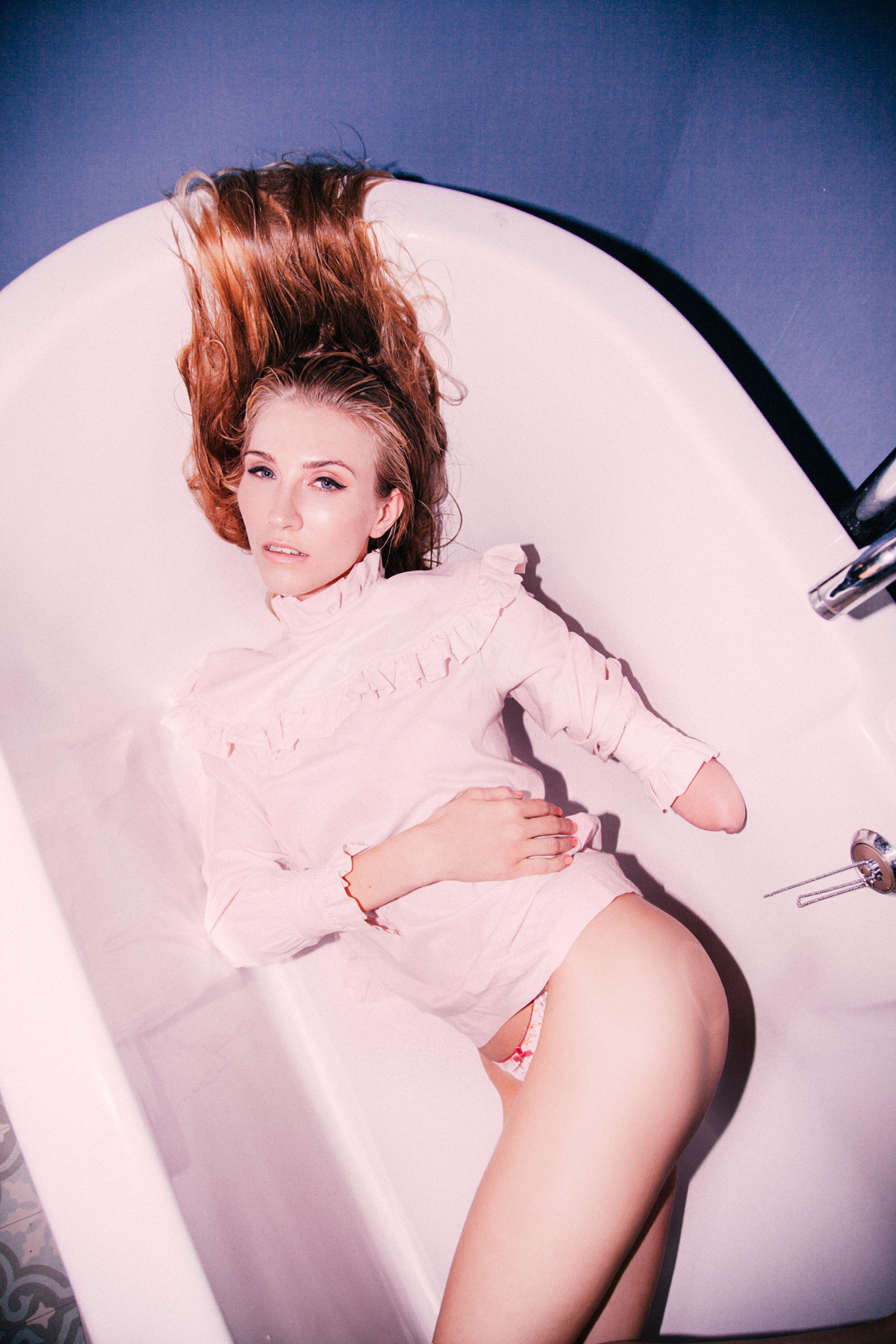The fashion industry has very narrow rules for what it considers ‘beautiful’. Carefully policed beauty boundaries traditionally exclude anyone not extremely thin, tall, young, non-disabled, cisgender, and white. These characteristics rule the modelling world, dictating who is acceptable and who gets the top jobs. In recent years, such rampant exclusion has been called out by some of fashion’s biggest names. Iconic black supermodels Naomi Campbell, Iman and Bethann Hardison, for example, penned an open letter calling on designers to give equal treatment to models of colour. “Not accepting another based on the colour of their skin is clearly beyond aesthetic,” they write about designers who consistently choose all-white, or overwhelmingly white line ups. “No matter the intention, the result is racism,” they explain.
Following interventions such as this, fashion week catwalks are now closely scrutinised, and brands who exclude models of colour, plus-sized models, trans models, and older models are publicly shamed. In the midst of all this negative attention, ‘diversity’ has become a fashion buzzword. A growing number of stylists, models and campaigners are trying to break down the barriers that see people excluded because of made up fashion rules. (Made up because there is nothing credible or real that says clothes look better on white people or that beauty stops after a certain age or past a certain number on some scales.)

This new era has seen hijab wearing model Halima Aden sign with IMG, He Cong walk 42 shows, Ashley Graham feature on the cover of US Vogue, and Shay Neary become the first trans plus-size model to score a fashion campaign, for Coverstory. But are brands and magazines finally engaging in real, sustained change, or simply one-off box-ticking exercises due to public pressure?
“They bring you in, and it’s like ‘Diversity Day’, and then you go home,” model Hari Nef told the audience at a Business of Fashion panel. “Diversity Day is cool — Diversity Day essentially pays my bills. But it’s never a blue chip campaign, it’s never a contract, or rarely a contract,” she adds.
Change that makes diversity just a numbers game “does not lend itself to building a new interface for fashion that is inclusive in a sustainable way,” Nef continues. “It’s very difficult to fit yourself into this mould that wasn’t built for you — these samples that weren’t built for you, these visual contexts that weren’t built for you,” she adds. “I think there needs to be a greater awareness invested in who wears the clothes and why they are being included”.
When French Vogue recently put Brazilian trans model Valentina Sampaio on its cover, it was a notable fashion moment. But this prompts questions of why it took so long to happen in the first place, and how this can be prevented from being a one-off event. British Vogue, for example, kept individual black models off its cover for a twelve year period between Naomi Campbell in 2002 and Jourdan Dunn in 2015. At a rate of one black model cover star every twelve years, British Vogue won’t have another black cover star until 2027.
“We live in an age where beauty comes in all different shapes, sizes, races, ages,” says photographer Campbell Addy. “To hear that beauty is just a Caucasian, skinny, brunette or blonde girl is hard for me.” Addy established his own casting agency and the Nii Journal to give him a space to publish work that does not have to assimilate into standardised fashion rules.
Social media and the internet are driving change, opening up opportunities for fashion visionaries to build their own followings by representing the world they see around them. It’s a pressured reminder to traditional media outlets that there is a huge amount more to being progressive than putting Theresa May in leather trousers.
Addy believes diversity would come easier to traditional media brands if their staff were more diverse. “The foundations hold up the structure,” he explains. “If you want change in a genuine manner, you’ve got to change the foundations. Maybe if staff were more diverse, magazines and brands wouldn’t have to think so hard about this issue, it would just be normal.”
Model Kelly Knox, who opened the Teatum Jones show at London Fashion Week and recently starred in a shoot alongside Juno Dawson for fellow model Leomie Anderson’s LAPP Brand, says “Until I started modelling, I never thought of myself as disabled”. Knox, who was born without her left forearm, adds “Now it’s not my impairment that makes me different, but the lack of opportunities given to me because of my arm”.

Knox believes that the last barrier to break in fashion is that of differently abled models, who are yet to have their moment. Indeed, disability is not yet even covered by the major fashion week surveys. “It is every person’s birthright to grow up confidently in their skin with the total freedom to be themselves,” she explains. “So many young people are under so much pressure these days to be perfect — their mental health is important to me. I want everyone to know it’s absolutely beautiful to just be themselves.”
The challenge now is to make this change stick, to prevent the fashion industry from creeping back to its old ways of near-total exclusion. ‘Diversity’ is not a trend, nor is it important because it lets brands tick a box, or rake in higher sales, but because it means challenging the exclusion that the fashion industry has been based upon.
99% of the population do not fit within fashion’s made up beauty rules, and the current lack of representation constantly fills our heads with negative messages: that we’re not good enough, and must keep trying to measure up by dieting, grooming, and consuming more clothes, shoes, and beauty products.
Changing the visual landscape of the fashion industry opens up more space for truly celebrating difference, rather than just fetishising it. “I want the industry to come 360 degrees,” concludes Campbell Addy. “Not just what we see, but the people creating the content. It’s not a trend, it’s our lives.”
Credits
Text Tansy Hoskins
Lead image courtesy of Alberta Ferretti
